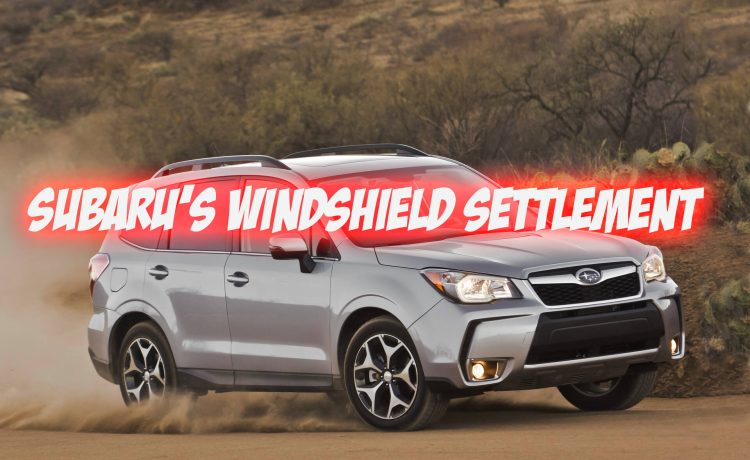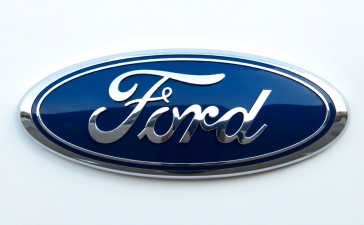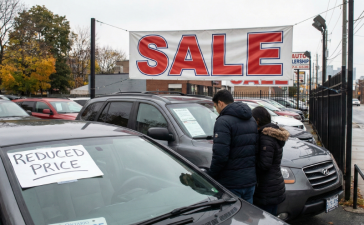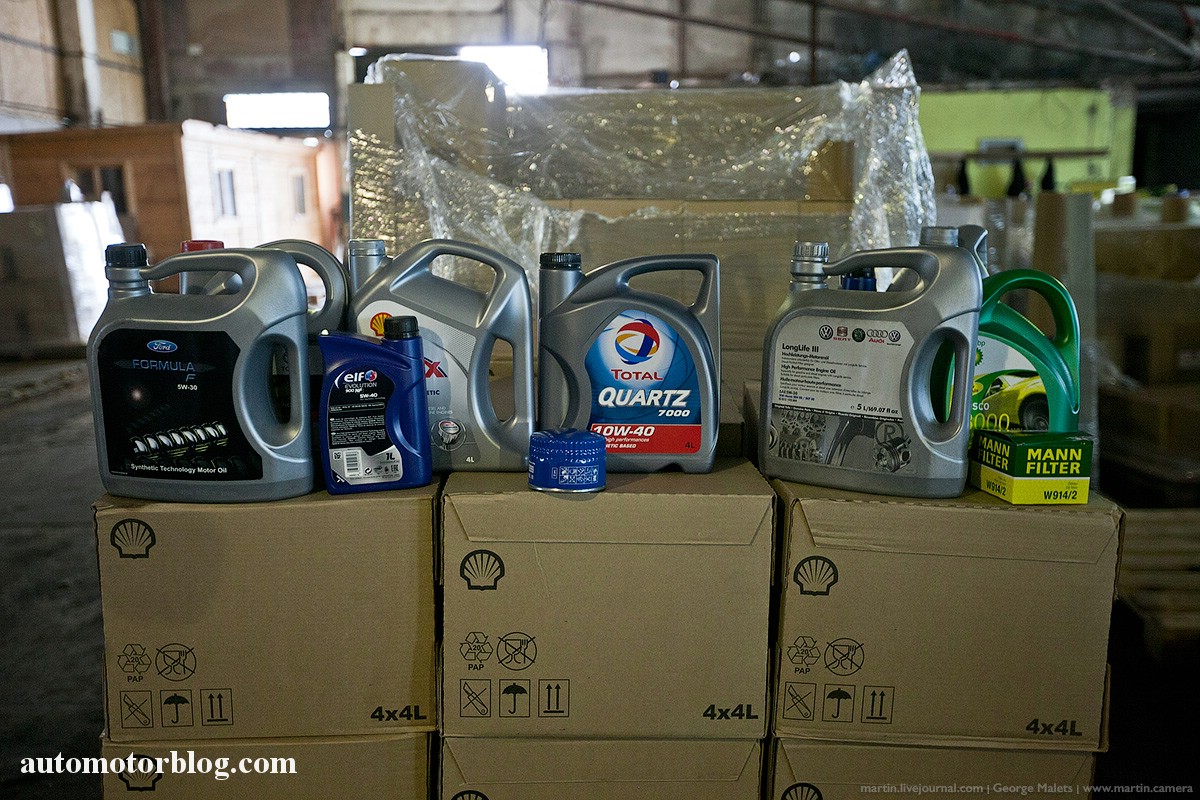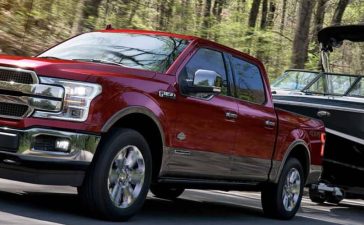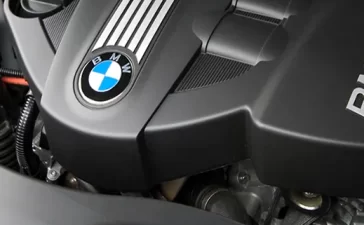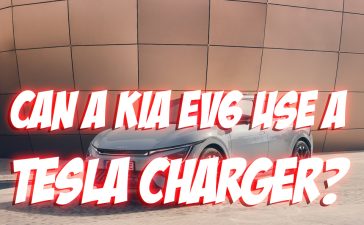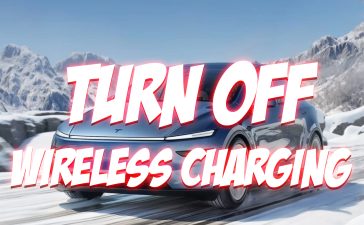When a number of customers claimed that some of the popular Subaru cars could not display proper visibility of the windshield, the company could not escape a legal battle that lasted for more than five years. This is one of the stories that I have been following, and it shows, on one hand, a sigh of relief to Subaru car owners, while on the other hand, the ongoing lawyers’ saga.
Table of Contents
Impacted Models
Below are the Subaru cars with the bad-quality windshields that are prone to cracking on their own.
- Subaru Forester
- Subaru Legacy
- Subaru Ascent
- Subaru Outback
The Issue at Hand
This was a trial that began in 2019 based on allegations that Subaru sold cars with defective windshields in its 2017 to 2019 models of Forester and Outback. Such windshields were said to have cracked on their own, and this always required even more money for repairs. The claimants also complained that Subaru concealed this defect, a factor that would unarguably raise the levels of severity.
I am also compelled to share the feelings of the car owners as I read through the news. Just think of a case where your vehicle’s windscreen develops a crack without prior notice. As the legal process went on for years, the models that might be recalled included the 2019-2022 Ascent, 2019-2022 Forester, 2020-2022 Legacy, and 2020 Legacy Outback.
The Settlement Details
This is to replace or repair windshields. The company has agreed to compensate those people who have had their windshields replaced or repaired by Subaru. The four claimants in the case will be awarded $5,000 each. However, those lawyers involved in the case will be so lucky since they will receive $7.25 million.
On the one hand, car owners who were faced with such a problem will receive some kind of compensation. It has been specifically structured that the owners need to have a ‘qualifying crack.’ In Subaru’s terminology, it is a crack that starts from the Discernible Impact Point (DIP) and proceeds to the edge of the windshield. The DIP itself, therefore, needs to be under 5mm in diameter and must bear a pattern that suggests minor impact. Further, this point should be observable and distinguishable for the purpose of this analysis. If, however, a dealer is physically unable to discern the DIP but the crack is still qualified, then it will be repaired.
At the same time, the hoops that owners have to go through can be rather irritating. They should give evidence of the work done by the repair and a single image of the crack. If they do, then they will be compensated fully; in fact, they will receive 125% of the cost of the repairs. The remaining persons who have had to repair twice will be reimbursed 150%, while those who had to repair thrice or more will be reimbursed 200%.
My Take on the Outcome
In my view, the settlement is what can be described as the ‘sword with two edges’, which is both positive and negative. On the one side, it provides some kinds of rewards for the victims. The reimbursement matrix, as not flawless as it is, has the decency of compensating for the endured discomfort and the expense incurred. However, that lawyers get much bigger remunerations from their clients is rather disappointing.
I also do not like what seems to be bureaucracy that is put on the car owners. Depending on the context, the requirement to add more information and move from one criterion to another might be overwhelming to many people who have no prior experience in such procedures. At least there is some type of compensation, though the process of the settlement could have been more direct.
End Note
Thus, while the settlement can be considered a positive development within the process of dealing with the windshield problem, there is still a great possibility for further advancements. Although car owners are to be compensated to some extent, the legal win seems to be more beneficial to the legal teams. However, as a consumer, this points to a positive that may encourage more automakers to own up to their problems and defects. And in the final sum, the problem is not just the question of compensation that has to be addressed but also of making sure that such issues won’t reoccur in the future.


